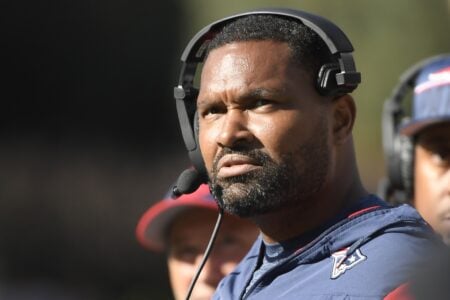Two of the most obvious errors in the scientific analysis in the Wells report are (1) the failure to show that McNally had sufficient time to deflate the 12 footballs, and (2) the failure to explain the choice of gauge.
Did the Brady's team try and depose any of the creators of this analysis to pin down exactly how they came the conclusions they did? For example, as to (1), did they account for the balls being in bags, or for measurement of the pressure prior to any deflation?
Did the Brady's team try and depose any of the creators of this analysis to pin down exactly how they came the conclusions they did? For example, as to (1), did they account for the balls being in bags, or for measurement of the pressure prior to any deflation?


















